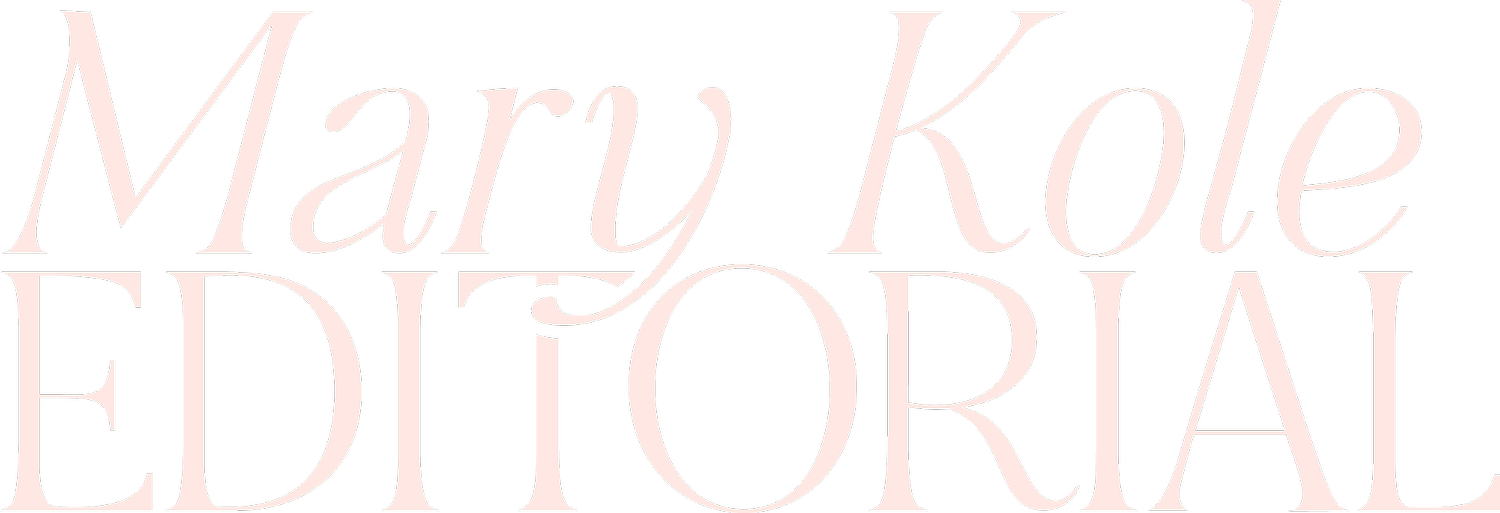How to Write a Book Query
By Mary Kole
Mary Kole is a former literary agent, freelance editor, writing teacher, author of Writing Irresistible Kidlit, and IP developer for major publishers, with over a decade in the publishing industry.
The vast majority of writers believe they have a book idea in them, but those same writers freeze when it’s time to learn how to write a book query. I get it. The thought of querying literary agents and publishers can be daunting. It’s daunting for me, and I used to be a literary agent! However, knowing how to write a book query can make all the difference. A query letter is a one-page pitch that aims to showcase your book project and get the attention of agents or publishers. Writing a query letter isn't easy, but with the right tools, it can be your gateway to success. Here, I’ll provide step-by-step guidelines on how to write a book query for different types of projects, as well as essential tips for aspiring writers seeking publication.
How to Write a Book Query Letter
Your novel query letter should include an opening that captures the reader's attention, a brief synopsis of your plot, and your book's unique selling proposition—or book hook. Start with a catchy logline or introduction that showcases your writing style and sets the tone for your novel. Next, provide a brief summary of your plot, focusing on the main character's objective and motivation, as well as their struggle and how they overcome it. Finally, end with a statement that highlights why your book stands out from the competition. If you’re writing fantasy or speculative, make sure to mention your specific worldbuilding. An author bio should accompany your book description.
How to Write a Memoir Query Letter
Writing a memoir query is similar to how to write a book query for a fiction project. A memoir query letter should include a relatable opening, a brief summary that presents the premise of your story, and a closing that invites the literary agent or publisher to ask for more. Don’t forget comparative titles that hint at where your life story might fit on contemporary memoir shelves. Don’t hesitate to include some of your writing voice in the query letter, as you are the storyteller showing readers around your own life, like a tour guide. You should also summarize your memoir's plot and theme, your target audience, and provide insight into your narrative and the types of reflections you hope to share with readers.
How to Write a Picture Book Query Letter
Learning how to write a book query for a picture book project can feel tricky, since picture book manuscripts are so short. A picture book query letter should contain a brief summary of the story, as well as your word count, comp titles, and theme. Think about why your particular picture book will be a fit for a preschool audience. If you have any relevant work experience in education, for example, make sure to include it in your query letter bio paragraph.
How to Write a Book Query Letter for Nonfiction
A nonfiction book query letter should begin with a strong opening line that sparks the reader's curiosity, especially when it comes to convincing them there’s a big market for your book idea, that your project has a unique slant, and that you’re the expert to bring this title to market. Next, provide a brief summary of your book, your target audience, and your writing credentials. Lastly, give a peek at your marketing plan. If you’re wondering how to write a book query for nonfiction, it’s easy: the nonfiction query is basically a condensed version of the book proposal that you’ve likely already written.
Best Practices for How to Write a Book Query
When it comes to querying, it's important to remember a few best practices. First, do comprehensive literary agent research before sending out queries to ensure that they represent and are interested in your category or genre. Make sure to mention why you’re querying the individual in your query personalization, and mention your manuscript logistics as well: title, word count, genre, etc. Second, follow submission guidelines and pay attention to what each agent or publisher wants to see, including the number of sample pages (if applicable). Third, provide a professional and polished query that is free from typos, errors, and grammatical mistakes. Lastly, be patient and persevere even when you’re facing writing rejections.
There is no denying that learning how to write a book query can be challenging, but with these guidelines and tips, you can craft a compelling pitch that will capture the attention of publishers and literary agents. Ultimately, querying is a necessary step on the path to becoming a published author. With perseverance and dedication, you can succeed in getting your book published and make your publishing dreams a reality.

Click here to purchase Irresistible Query Letters, my book on query letters, including over forty examples with comprehensive notes on each one. There’s a ton of submission advice, best practices, and insider information in these pages, and you’ll really enjoy seeing what other writers are doing in the slush.



